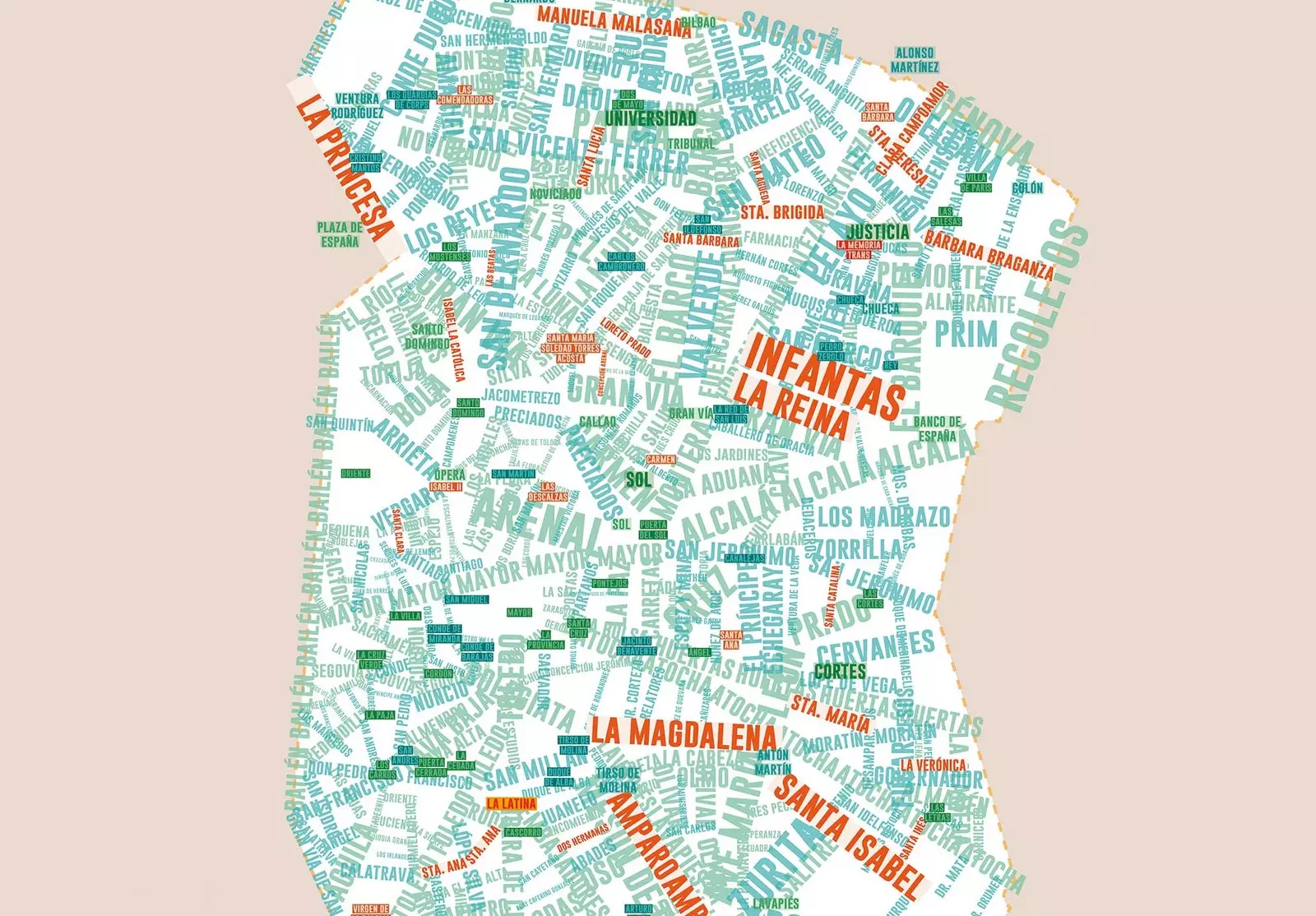
A map that shows the women who make up the history of Madrid.
Perhaps you have never wondered who is behind the maps that today tell us what the world is like. And the truth is that there are hundreds of women who have been dedicated to cartography for many years . It has always been a profession with little visibility in the female gender and now, thanks to the Other Cartographies project, many of her works have seen the light.
It is not a simple map of the world that tells us where Portugal, Amsterdam or Rome are. Other Cartographies brings together a multitude of maps made by women who used them to recount their experiences in different places . It would be something like "the map of maps", behind which is Kiara M. Firpi Carrion , a Puerto Rican resident in Madrid who one day decided to put a name and a face to this long list of cartographers.
The truth is that the origin of this project is much more humble than one might think, since was born as part of Kiara's Master's Thesis in Architectural Communication . It is not a novelty to say that feminism is growing in every corner, and architecture was not going to be less. That is why Kiara already investigated the work of many women with the purpose of applying it to her designs.
That was the germ of what would later become a real investigation. It was precisely that desire to learn more about the subject, which led her to a term that surely few know, but the vast majority of us have experienced: psychogeography . Is about how the geographical environment and its distribution inadvertently influences the way we act and our emotions . On how many trips have you felt a sense of freedom for the mere fact of getting lost in that city?
Psychogeography is what will make the maps of all these women not commonplace at all. “The term flâneuse is given to a woman who knows the city wandering through its streets” , Kiara tells us, and this is the central axis of the work. Therefore, we are not facing situations and places, but rather experiences, habits and customs . These maps are proof of how women interacted with the environment , a look into the heart of the world through his eyes.
In this way, Kiara creates a digital file that allows us to know the power of these cartographers through knowledge of space that surrounds us If they used their maps to give visibility to certain issues, Kiara uses her work to give them visibility. After months researching web pages, books, articles... the archive currently has 45 female cartographers , 45 perspectives, 45 different ways to discover the planet.
We thus find true historical treasures. The Ebstorf map dates from 1234 and, although it has traditionally been believed that it was the work of Gervase de Ebstorf, there are academics who affirm that it was co-created by the nuns of Ebstorf , with a great skill for the arts. This map shows a religious view of the world , provides data on animals, biblical history or the distribution of bishoprics.
Other examples are Louise Jefferson's 1946 map . In it you can see the most important places and figures in African-American politics, music and literature in the United States and southeastern Canada. But there is also a place for current female cartographers, such as Molly Roy, whose 2016 map shows how women have contributed to the development of New York City.
WOMEN IN THE STREETS
As well as collecting fascinating stories about the female gender from around the world, Kiara has launched into creating hers own maps . During her stay in Madrid, she has realized that few spaces in the capital are baptized with female names . With the intention that those existing gain visibility, she has created the project women in the streets.
The first zone is Central Madrid and, breaking it down into streets, squares, zones and meters, She has created a map in which female names are highlighted in red: Manuela Malasaña, Clara Campoamor, Concepción Arenal... She completes it with another document that gives a brief description of who these women are. "You learn about the history of Madrid through the lives of these women," says Kiara.
And this is just the beginning, because there are projects that may see the light of day in the future. “I would like to conceptualize a dynamic map of feminist activities that is updated as new events occur ”. This and other ideas, such as a map showing the basic needs of women (health care, family planning…) are already on Kiara's mind.
It may even be that we can touch this file with our own hands, since it intends to be able to print the series of Women in the streets and, later, make a constant printing of the collected maps. Now you can get to know cities and countries like never before: with a dose of history, geography, and a lot of feminism.
